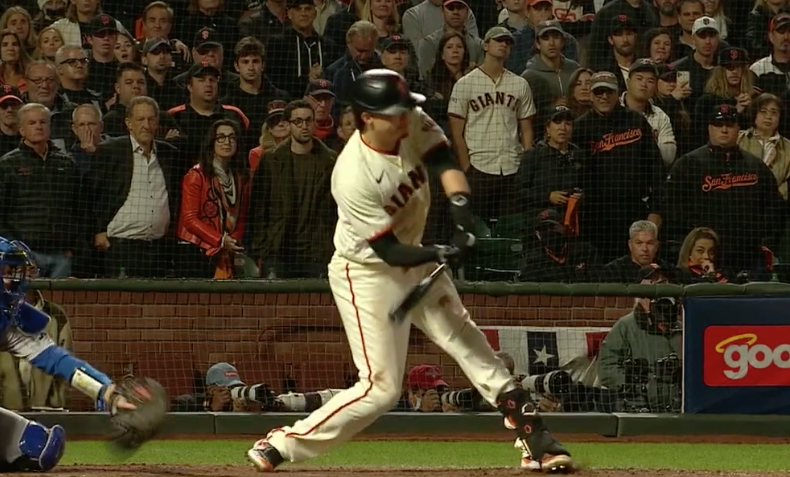In a postseason defined by pitcher usage, Game 3 of the NLCS between the Braves and the Dodgers was supposed to be the exception. We weren’t going to see each team use seven relievers (and maybe even some starters) out of the bullpen, and certainly not with Charlie Morton and Walker Buehler starting. Both had gone at least six innings in their first playoff starts, and while each delivered fewer than five in their followups, those came on three days rest; this game provided double that. On a sunny afternoon in Los Angeles, both teams likely expected a minimum of 15 outs from each, with a hope for 18 or maybe more. It all felt very old school.
By the end of the first inning, all of those expectations were dashed. And by the end of the ninth, the Dodgers had pulled off a dramatic 6–5 comeback victory that quite possibly saved their season.
The game diverged from the narrative within the first few minutes, with back-to-back singles against the shift by Eddie Rosario and Freddie Freeman. Things temporarily went back to normal when Ozzie Albies hit a line drive to center fielder Gavin Lux that carried more than Rosario thought it would, with Lux catching it and quickly firing to second base for a crushing double play. A strikeout of Austin Riley got Buehler out of the jam, and he escaped it with just 13 total pitches; the pitcher’s duel was still on.
Morton failed to keep his part of the bargain in the bottom half of the frame, walking Mookie Betts and giving up a mammoth home run to Corey Seager on a curveball. In a rare occurrence, the veteran righty got around on the pitch, losing downward bite and instead delivering a horizontal spinner that broke into Seager’s bat at the top of zone. One swing, 109 mph and 444 feet later, the Dodgers had an early 2–0 lead thanks to the first Morton breaking ball hit for a homer in his lengthy postseason career.
The home run pitch to Seager was a harbinger of things to come. Just when it looked like Morton had rebounded with two quick outs, his ability to harness his big-moving stuff abandoned him, as he began to yank both his fastball and off-speed pitches to both sides of the plate, leading to three straight walks to load the bases. A Chris Taylor flair to Dansby Swanson ended an inning that could have been much worse, but the damage was done, both on the scoreboard and to Morton’s pitch count, now at a massive 34. Even if he could find his command and pitch efficiency once again, getting a long start out of him on the day before a planned bullpen game quickly looked like a pipe dream.
Read the rest of this entry »

